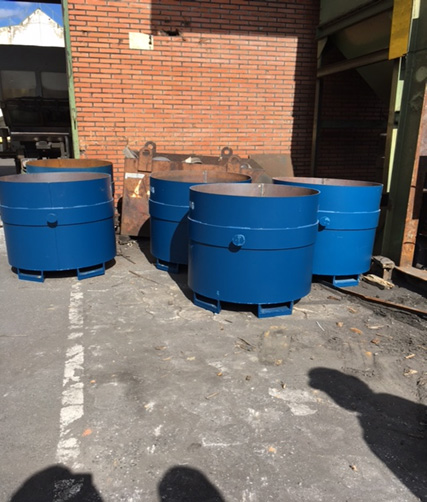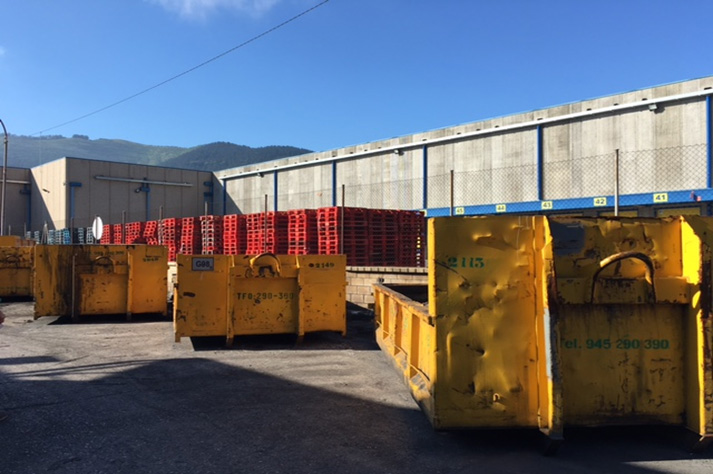KRITEUS II
IMPROVED SCRAP AND WASTE MANAGEMENT
By-products of the TUBACEX production process are scrap and waste (steel dust and slag), which should be reused as far as possible in order to reduce stock and therefore the financial cost. However, typical work does not involve proper sorting of scrap as the processes are designed to facilitate the evacuation of scrap in large volumes rather than sorting.

DRIVING FACTOR


 OBJECTIVES
OBJECTIVES
- Identify and analyse the volumes of scrap generated from production, stock and sales data at each point in the manufacturing process to identify the generation of scrap and economic potential for savings.
- Internalise the recovery process to control the slag management process and obtain recovered scrap at a lower cost than at present, implementing the process and making the necessary investment in facilities, resources and training.
 RESULTS
RESULTS
- Identification of scrap generation in as much detail as possible at each generation point: most steel grades require smaller containers and more frequent scrap collection. The potential savings range from €1.7M to €3.7M.
- Investment (€0.25m) in a new scrap evacuation/transport system, including smaller baskets for scrap collection and sorting, forklifts, personnel, management systems, inter-plant truck flows. Clean points have been set up in designated areas around the plant.
- Preparation of a general scrap sorting guide for Tubacex and a specific guide for each work station, documenting the new scrap management procedures and defining the evacuation, sorting and collection model that preserves the value of the scrap at the authorised clean points.
- Investment (€0.85m) in the modification of the debarking machine and the evacuation of scrap metal in the sawmill area.
- Recovery of some of the waste generated may have a high economic impact if managed correctly. Tests carried out with DIGIMET technology for steel mill dusts (in the KRITEUS project) have recovered between 74% and 80% of chromium and between 69% and 84% of nickel in preliminary tests.
 CONCLUSIONS
CONCLUSIONS
- Although the value of the metallic material in the slag is high, the analysis and management carried out does not appear to be profitable enough for the investment. However, this is an area to be analysed in greater depth and in which niches can be identified for the use of this slag.
- The next investment phase plans to use and manage all of the scrap generated by the TUBACEX GROUP in Europe.
ENVIRONMENTAL
TECHNICAL
ECONOMIC
COMMERCIAL
ON THE MARKET



